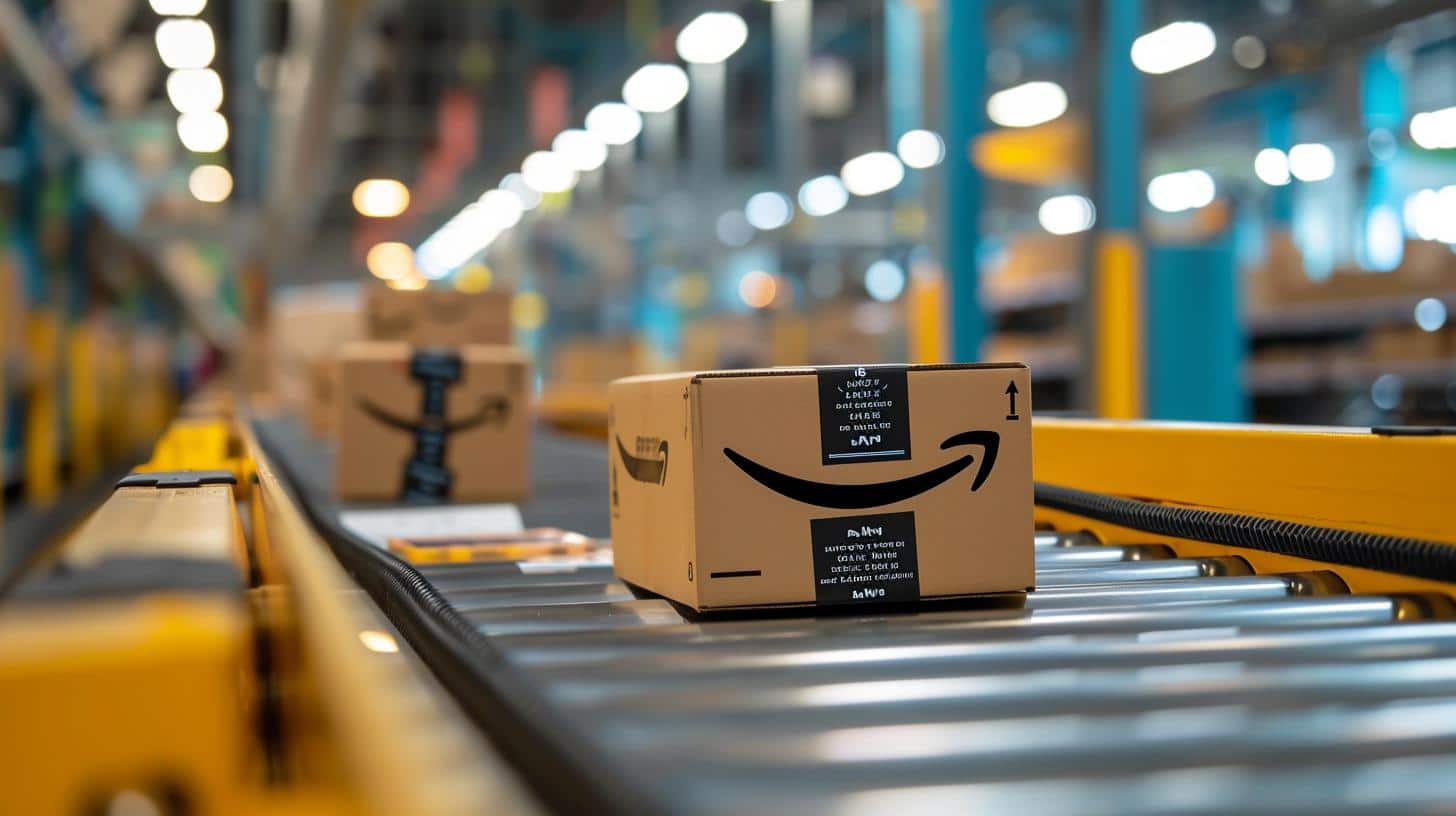===INTRO: A Clash of E-Commerce Titans ===
In the world of e-commerce, two giants have emerged and are dominating the market – Amazon and Alibaba. These companies have revolutionized online shopping and have become household names. While both companies operate in the same industry, they have different business models and target different markets. In this article, we will analyze the strengths, weaknesses, opportunities, and threats that Amazon and Alibaba face in the e-commerce industry.
===Strengths: Unraveling the Powers of Amazon and Alibaba ===
Amazon, the American e-commerce giant, is known for its wide range of products, efficient delivery system, and customer-centric approach. With its vast network of warehouses and fulfillment centers, Amazon is able to provide fast and reliable delivery to its customers. Additionally, its Prime service, which offers free two-day shipping and access to streaming services, has attracted millions of loyal subscribers.
On the other hand, Alibaba, the Chinese e-commerce giant, has a massive presence in the Chinese market. It operates multiple platforms, including Taobao, Tmall, and AliExpress, catering to different consumer segments. Alibaba’s strength lies in its ability to connect buyers and sellers in a seamless manner, providing a platform for small and medium-sized businesses to reach a global audience.
===Weaknesses: Exploring the Vulnerabilities of the E-Commerce Giants ===
One of Amazon’s weaknesses is its heavy reliance on third-party sellers. While this allows for a diverse product range, it also means that Amazon has less control over the quality of products and customer service. Moreover, the company has faced criticism for its treatment of warehouse workers and its impact on local businesses.
Alibaba, on the other hand, faces challenges in expanding beyond the Chinese market. Its platforms are primarily geared towards Chinese consumers, and while it has made efforts to expand globally, it still lags behind Amazon in terms of international presence. Additionally, the company has been plagued by counterfeit products on its platforms, which has affected its reputation.
===Opportunities: Untapped Markets Await Amazon and Alibaba ===
Both Amazon and Alibaba have the opportunity to tap into emerging markets. Amazon, with its global presence, can expand its operations in countries with a growing middle class and increasing internet penetration. Similarly, Alibaba can leverage its expertise in the Chinese market to expand into other Asian countries and beyond.
Furthermore, both companies have the potential to diversify their businesses. Amazon, for instance, has ventured into cloud computing with Amazon Web Services (AWS), which has become a major source of revenue. Alibaba, on the other hand, has expanded into various sectors, including cloud computing, entertainment, and fintech.
===Threats: Navigating the Challenges of an Ever-Evolving Industry ===
One of the biggest threats for Amazon and Alibaba is the increasing competition in the e-commerce industry. Traditional retailers are stepping up their online presence, while new startups are entering the market with innovative business models. Additionally, regulatory challenges, data privacy concerns, and geopolitical tensions can also pose threats to both companies.
Moreover, changing consumer behavior and preferences can also impact the e-commerce giants. As more consumers turn to mobile shopping and social media platforms for their shopping needs, Amazon and Alibaba need to adapt and provide a seamless and personalized shopping experience across different channels.
===OUTRO: The Future of E-Commerce Giants ===
Amazon and Alibaba are undoubtedly the leaders in the e-commerce industry, each with their own unique strengths and weaknesses. As the industry continues to evolve, these companies will need to constantly innovate and adapt to stay ahead of the competition. By capitalizing on their strengths, addressing their weaknesses, exploring new opportunities, and navigating the threats, Amazon and Alibaba will continue to shape the future of e-commerce.













